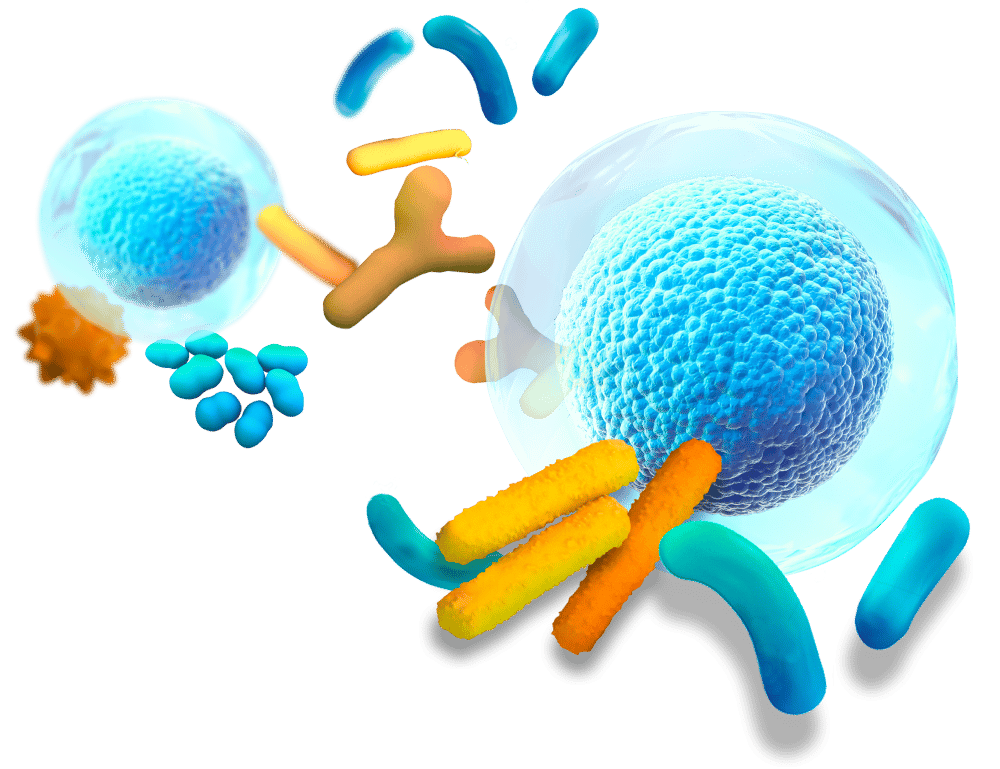
In vivo models : research tools for integrated preclinical studies
At Enterosys, we provide advanced in vivo models that offer a deeper understanding of gut and systemic interactions, enabling innovative solutions for your research. Our in vivo systems are specifically designed to support a broad range of studies, from drug development to nutraceuticals, delivering valuable insights into complex biological processes within living organisms.
What Are In Vivo Models?
In vivo research models refer to experiments conducted within living organisms to study biological processes. Unlike in vitro models, which are carried out in isolated environments, in vivo systems provide an integrated approach to understanding how biological mechanisms operate within the complexity of a living organism. At Enterosys, our specialised in vivo experiments support a wide range of studies, including pharmacological and preclinical research.
By combining in vivo and in vitro models, Enterosys delivers a comprehensive assessment of potential therapeutic effects, ensuring robust and reliable data for your research.
.


Why Choose Enterosys for advanced In Vivo experiments?
At Enterosys, our in vivo systems are especially useful for studying the gut and its interactions with peripheral organs. We provide tailored solutions designed to meet the unique requirements of your research.
Customized in vivo solutions
We understand that every research project has unique requirements. That’s why Enterosys offers in vivo studies tailored to your specific needs. Our team works closely with you to design and develop in vivo models that align perfectly with your study objectives, ensuring targeted and efficient research outcomes. We are committed to delivering the most relevant and reliable results for your compounds.
High-quality and reliable results
At Enterosys, we specialise in animal experimentation while adhering to the 3R principles—Replacement, Reduction, and Refinement—to ensure ethical and responsible research practices, in strict accordance with the ethical protocols validated by the national ethics committee, in compliance with the 3R rule and under official veterinary supervision. Our expertise enables us to offer an integrated approach for testing molecules of interest.
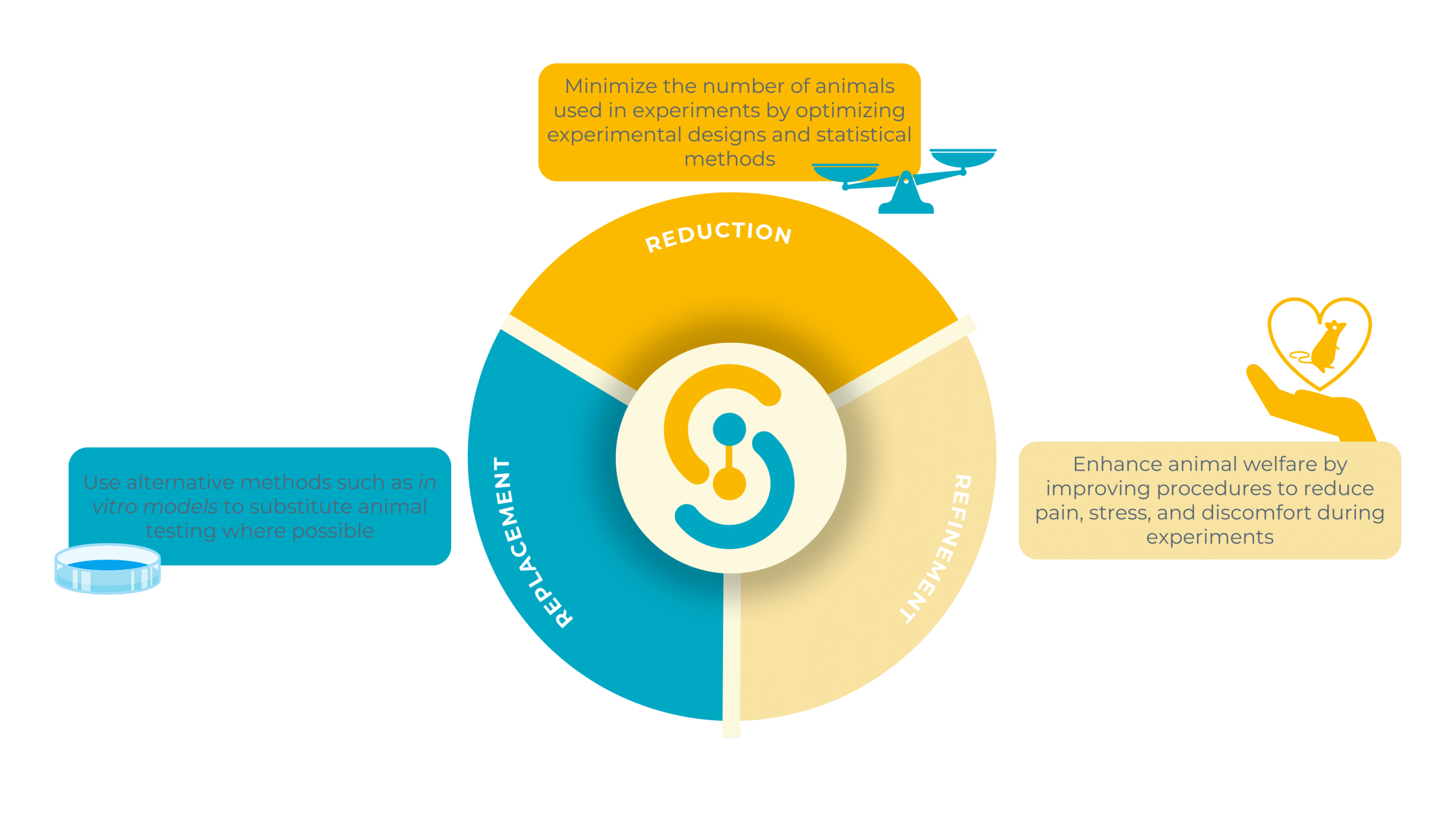
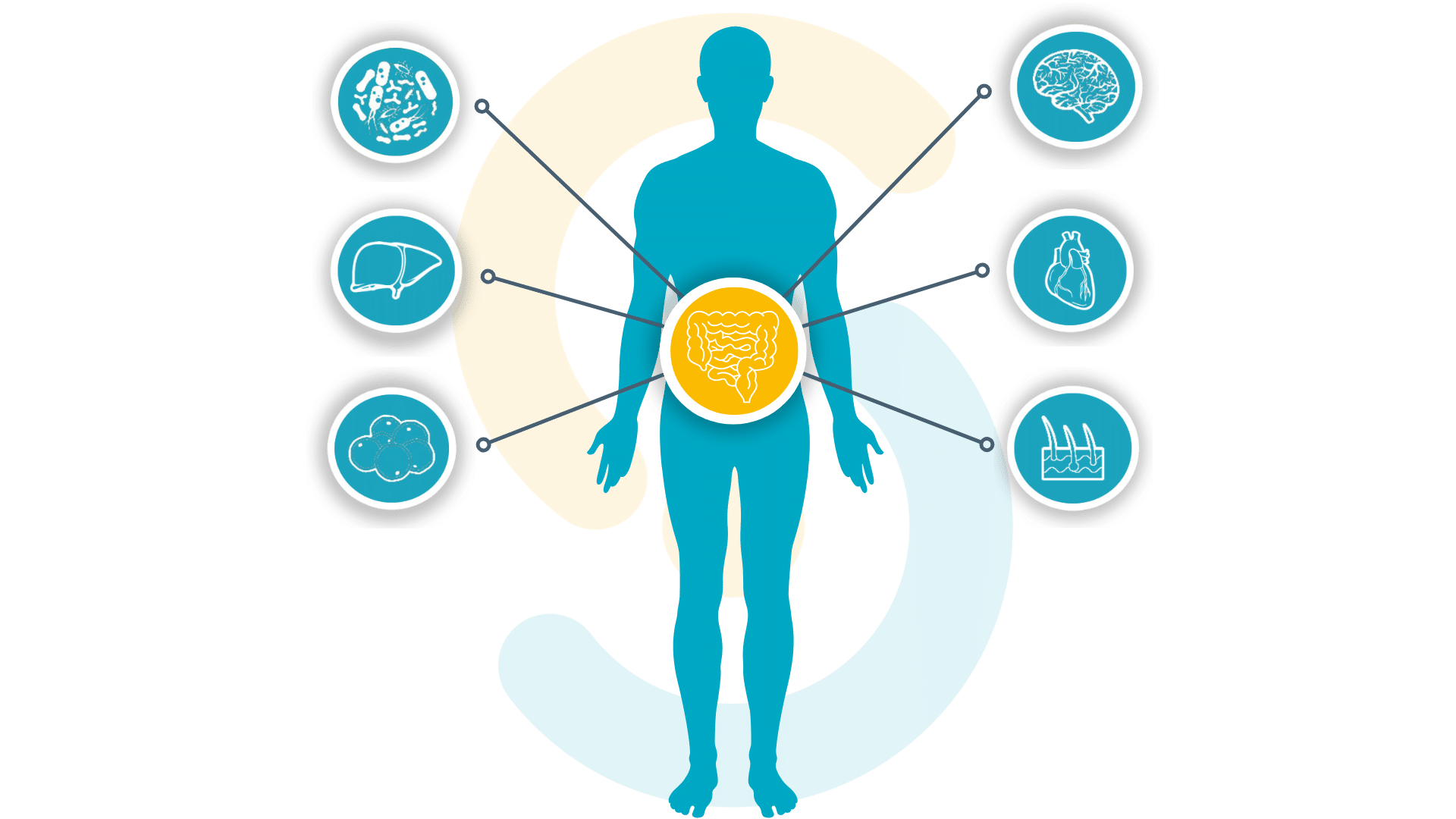
Applications of Enterosys’s In Vitro Model Systems
Enterosys offers advanced in vivo experimental systems that are essential for exploring complex biological interactions directly within the organism, allowing for observations closer to real physiological conditions. Our in vivo models provide a robust framework for studying various biological processes in their entirety, delivering valuable insights that drive innovative research across diverse fields. With these models, we enable a deeper understanding of biological response to ypur compound
Click on the organ axis to find the in vivo models you need !
Gut physiology: exploring digestive functions and interactions

Enterosys offers a wide range of specialised in vivo models to study impact of compounds on gut physiology, each designed to explore specific physiological and pathological processes:
Diet-induced 'Leaky Gut' phenotype model
This is ideal for investigating the impact of a high-fat diet on gut permeability and its downstream effects, including antioxidant capacity, gut motility, immune response, and the function of the enteric nervous system, gut microbiota dysbiosis. It helps unravel the complex interactions between the gut barrier and systemic health.
DSS-induced colitis model
This provides valuable insights into inflammatory bowel diseases, enabling studies on oxidative stress, mucosal healing, gut motility and immune cell behaviour in inflamed tissues. It is a key tool for understanding inflammation and its effects on gut integrity.
Constipation model
Designed to address gastrointestinal motility issues, this model allows for a comprehensive analysis of bowel transit, motility patterns, and intestinal absorption, offering a deeper understanding of digestive health and dysfunction.
Diarrhea model
Focuses on rapid transit and fluid loss associated with diarrheal conditions, this model assesses epithelial integrity, permeability, and microbiota dynamics, making it essential for testing new compounds for gut disorders.
Gastric emptying
Using Xylose testing and stomach contractions, we can assess the impact of compounds on gastric emptying velocity.
- Co-culture of Intestinal Epithelial & Immune Cells: This in vitro model focuses on immune response and inflammation.
- 2D Intestinal Epithelial Cells: Simplifies the study of absorption and permeability.
- 3D Epithelial Tissues: Offers a more realistic model of the gut barrier for in-depth research.
- Enteroendocrine Cells: allows to study incretin release and its impact on satiety and eating behavior.
Additionally, we conduct active compound fermentation tests to simulate how the microbiota processes compounds before absorption, bringing us even closer to the physiological situation.
These in vitro models support investigations into key aspects such as cell viability, cytotoxicity, antioxidant capacity, immunomodulation, permeability, gut barrier function, absorption, as well as cell renewal and differentiation.
Gut-Brain axis: exploring neurological and psychological interactions

The gut-brain axis links gut health to brain function and overall mental well-being. This axis facilitates communication between the gut and brain via neural, endocrine, and immune pathways, influencing mood, cognition, and behaviour. Understanding this connection is vital for developing compounds that target neurodegenerative disorders.
Stress-induced anxiety and depression models
At Enterosys, we employ stress-induced anxiety and depression models to explore the gut-brain axis in depth. Our in vivo systems enable comprehensive studies in areas such as:
- antioxidant capacity
- neurotransmission
- central nervous system activity
- blood-brain barrier permeability
- cognitive functions
- immunomodulation
- gut motility
- enteric nervous system activity
- gut permeability and barrier function
- intestinal absorption (linked to neurodegenerative disorders)
This integrated approach provides crucial insights into how the gut influences brain health, offering a pathway for compounds targeting this axis.
Gut-Adipose axis: energy balance and metabolic regulation

The gut-adipose tissue axis describes the interaction between the gut and fat tissues, where gut-derived metabolites and hormones play a pivotal role in influencing fat storage, energy balance, satiety and metabolic regulation. Understanding this axis is essential for exploring how energy is stored and metabolised.
At Enterosys, we use diet-induced obesity mouse models, employing a high-fat diet (HFD) to investigate several key areas of metabolic health.
Body weight management
Our in vivo models allow precise monitoring of body weight regulation by tracking key parameters: body weight, water and food intake. This comprehensive tracking provides critical insights into how your compound affect weight control over time. The model’s ability to monitor these variables is crucial for understanding how the gut-adipose axis influences energy balance, feeding behaviour, and fat storage, helping to assess the effectiveness of treatments aimed at preventing or reversing obesity
Body composition and energy expenditure
We perform detailed assessments of body composition (fat mass, lean mass, bone density) and use indirect calorimetry to measure energy expenditure. These analyses help us understand how energy is used by the body and how different interventions influence the balance between fat storage and energy utilization, offering a comprehensive approach to studying weight management and metabolic health.
Metabolic disorders
We explore how body weight regulation interacts with other metabolic processes, such as glucose metabolism, insulin resistance, and lipid metabolism. These studies offer insights into the pathophysiology of obesity, diabetes, and related metabolic disorders, providing a deeper understanding of the metabolic shifts that occur in response to compounds.
Oxidative stress and inflammation
In the context of metabolic disease, we also investigate the role of oxidative stress and inflammation. By evaluating the antioxidant capacity and immune responses in our in vivo tailored models.
Gut-Brain communication in obesity
Our studies extend to the gut-brain axis, where we assess gut motility, neurotransmission, enteric nervous system activity, gut barrier function, and gastric emptying. These factors are critical for understanding how gastrointestinal function impacts overall metabolic health and brain signaling. In cases of obesity, we observe hypercontraction of the duodenum, which sends abnormal signals to the hypothalamus (increased nitric oxide production). This aberrant communication contributes to the development of insulin resistance. We can study, thanks to stereotactic techniques the release of nitric oxide in the hypothalamus, to explore the impact of compounds on insulin resistance and metabolic regulation.
Gut-Liver axis : understanding metabolic and detoxification pathways

The gut-liver axis plays a crucial role in the transport of nutrients, microbial metabolites, and toxins from the gut to the liver via the portal vein, impacting metabolism, immunity, and detoxification. Understanding this connection is essential for studying how gut changes can lead to liver diseases such as NAFLD/MASLD and other metabolic disorders.
High-fat diet (HFD) induced mouse
At Enterosys, our in vivo models allow for detailed exploration of the gut-liver axis and its impact. Using high-fat diet (HFD) induced mouse, we replicate the conditions that lead to hepatic dysfunctions, providing an effective tool for research.
Our model enables researchers to study key aspects such as:
- Antioxidant capacity
- Hepatoprotective properties
- Immunomodulation
- Enzyme activity
- Lipid metabolism and accumulation
- Detoxification processes
This integrated approach, grounded in our expertise in animal experimentation, ensures the delivery of high-quality data and reliable insights for molecule testing related to the gut-liver axis.
Gut-Cardiovascular axis : gut and vascular interactions
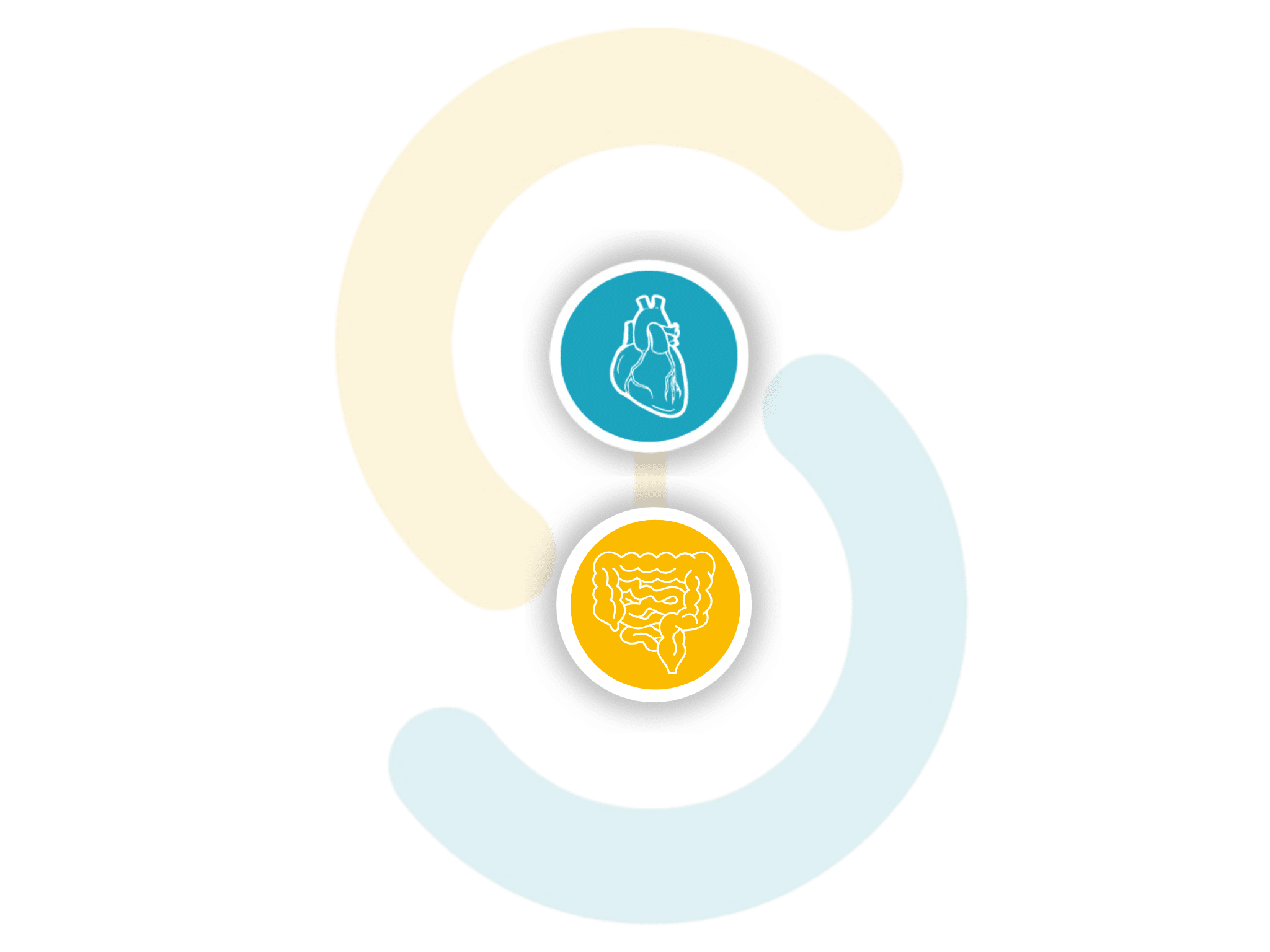
At Enterosys, we utilise specialised in vivo models to investigate the gut-cardiovascular axis, which underscores the vital connection between the gut, nutrient absorption, and vascular function.
Isolated aorta
Our models enable the study of this complex relationship by examining the impact of gut-derived factors on vascular tissues. This includes isolated aorta testing to evaluate:
- vascular reactivity and function
- antioxidant capacity: reflecting the gut’s influence on oxidative stress levels in the bloodstream
- vascular permeability: which helps explain how changes in gut permeability can affect vascular integrity
- Inflammation

In vivo models testing: what Enterosys offers
Whether you are exploring impact of compound on these complex systems, Enterosys is here to provide you with the customized tools and expertise needed to advance your research. Contact us with the contact form to discuss your project requirements and learn how our in vivo models can help you achieve your goals !
White paper ENTEROSYS
« GUT IS THE LINK »
Our first white paper is now available !
Get inside the head of our co-founder Claude Knauf.
Come discover his background, his key dates, how he got the gut feeling and the link between enteric neurons and glycemic control as well as other health related areas.
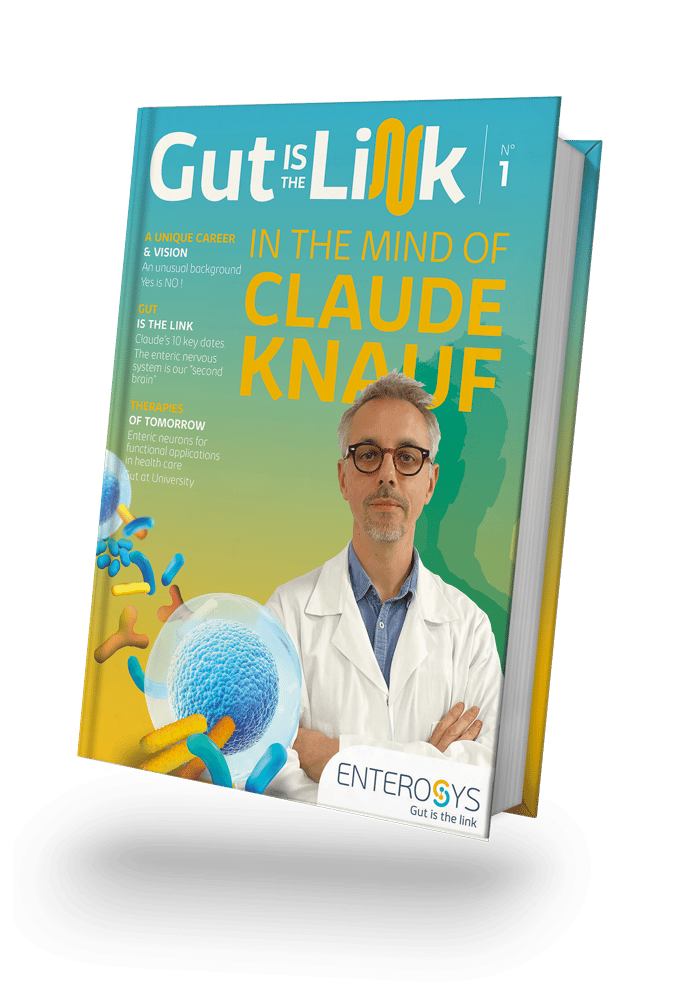
Do you have a question about the contribution of gut models in your innovative research ?
Our team of experts will be delighted to answer all of your questions. We guide you in the design of an optimized protocol to meet your objectives and add value to your molecules with quick and concrete solutions.